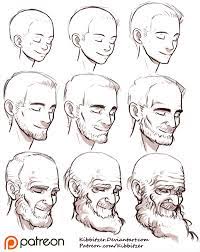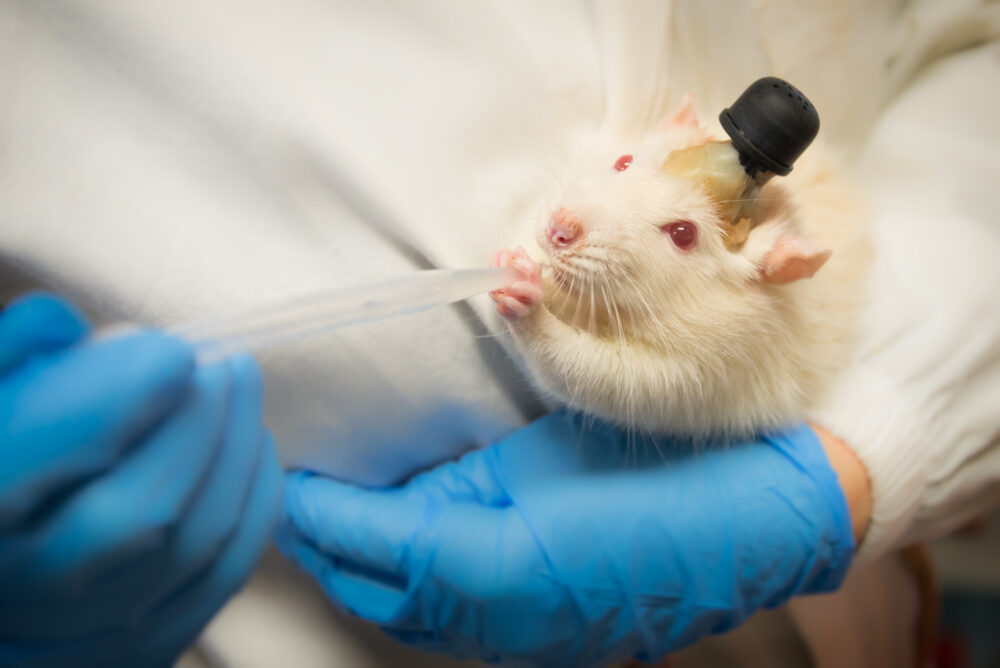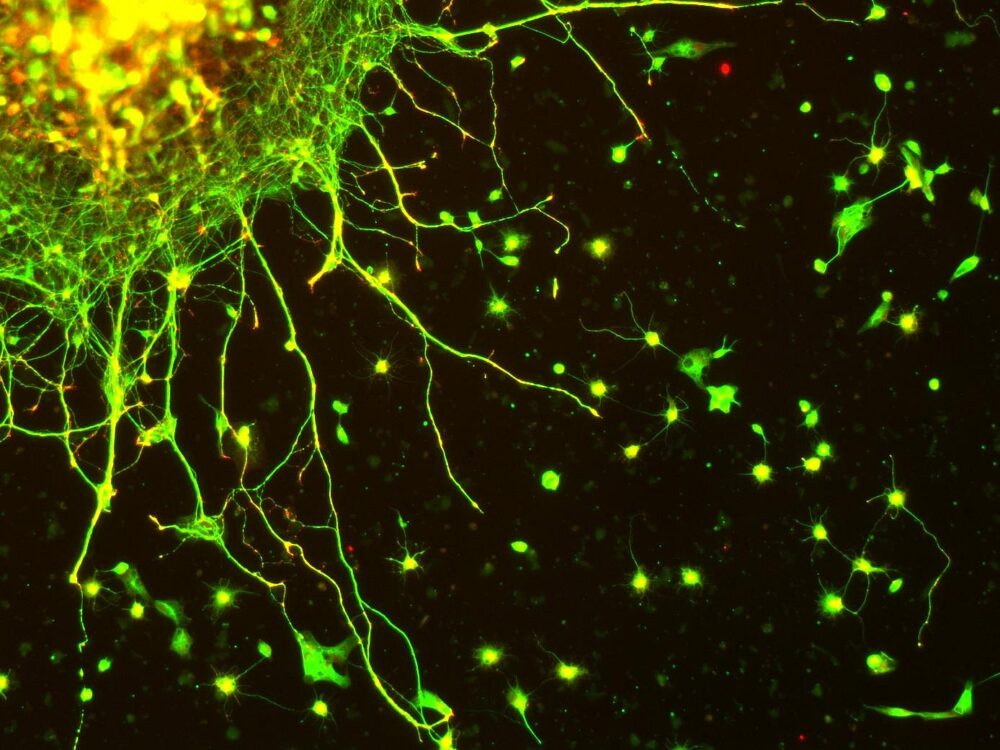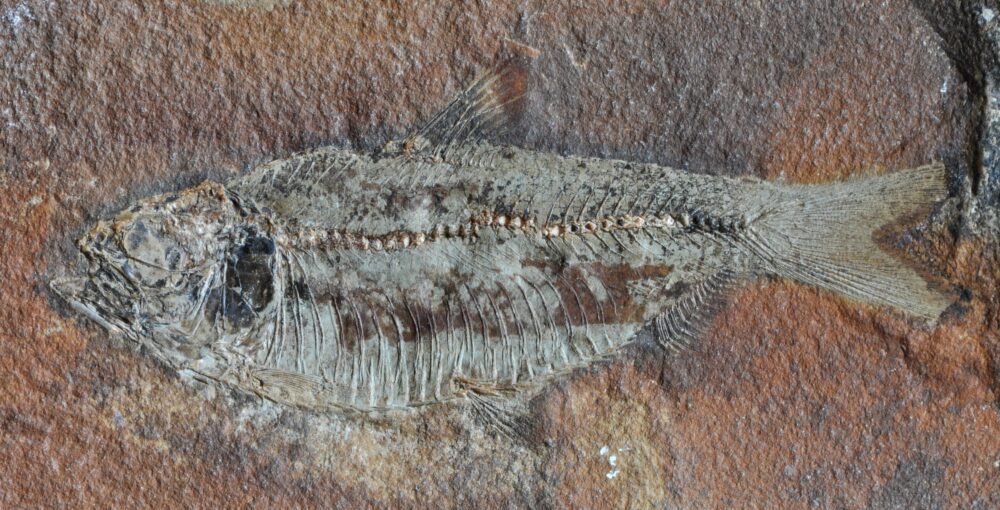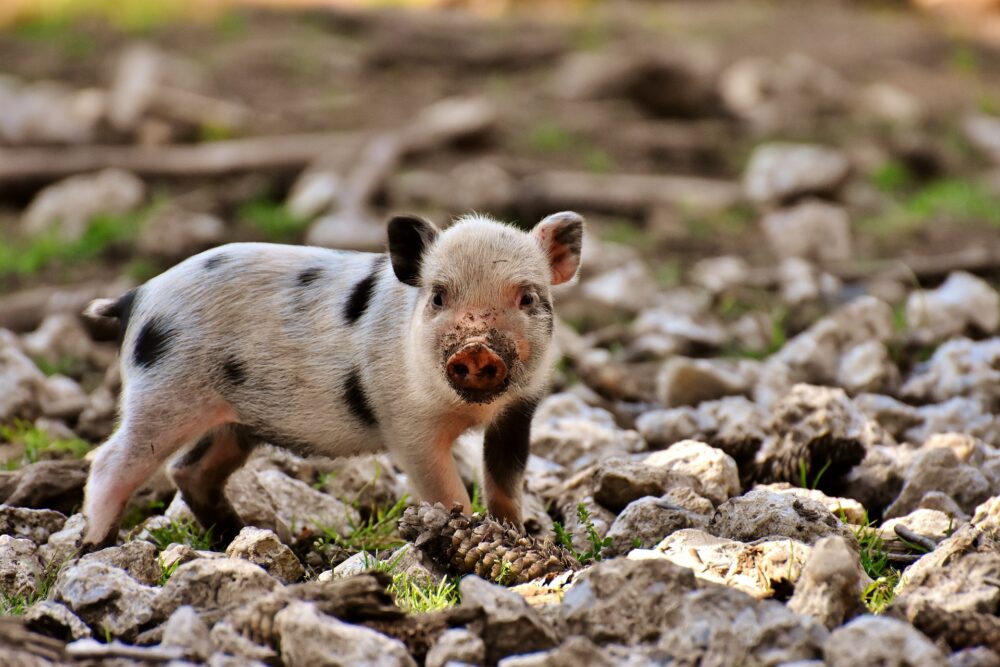Quantifying common sense: New research suggests it’s not so common
Common sense, or the practical knowledge shared by the majority of the population regarding everyday matters, is ambiguous: It is difficult to know exactly why something is common sense even though it is intuitively clear. Many often assume that something clear to one person is also clear to another, but this may not be the […]
Quantifying common sense: New research suggests it’s not so common Read More »

